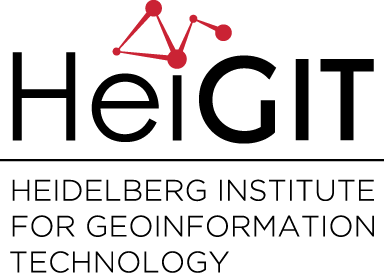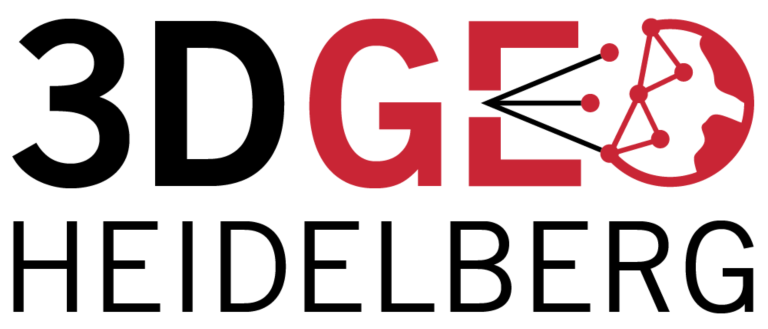Category: Publications
-
3D-WebGIS for Archeology – the example of MayaArch3D
Archaeological projects increasingly collect airborne LiDAR data to use as a remote sensing tool for survey and analysis. Publication possibilities for LiDAR datasets, however, are limited due to the large size and often proprietary nature of the data. Fortunately, web-based, geographic information systems (WebGIS) that can securely manage temporal and spatial data hold great promise…
-
Matching OpenStreetMap Road Networks with Authority Data – a Polygon-based Approach
Matching road network is an essential step for data quality assessment by using reference data. Conventionally, road network from two data sets are matched by using line-based approach which checks the similarity of properties of line segments. In new method recently published in IJGIS, a polygon-based approach is proposed to match OpenStreetMap road network with…
-
Deadline Extended: Special Issue “Big Data for Urban Informatics and Earth Observation” ISPRS Journal of Geo-Information
The Deadline for the special issue on “Big Data for Urban Informatics and Earth Observation” of the ISPRS Journal of Geo-Information has been extended by April 30, 2016. For further information, please contact the special issue guest-editors for further information. Dr. Jamal Jokar Arsanjani (GIScience Heidelberg) Prof. Ming-Hsiang (Ming) Tsou Guest Editors This Special Issue is…
-
Exploring spatiotemporal and semantic clusters of Twitter data using unsupervised neural networks
The investigation of human activity patterns from location-based social networks like Twitter is a promising example of how to infer relationships and latent information for the characterization of urban structures. While there is a growing research body performing spatial analysis on social media data, the high dimensionality, complexity and granularity of social media information still…
-
A Conceptual Quality Framework for Volunteered Geographic Information @ COSIT 2015 this Tuesday
The Conference on Spatial Information Theory (COSIT) is taking place this week in Santa Fe, USA. This Tuesday our paper on “A Conceptual Quality Framework for Volunteered Geographic Information” by Andrea Ballatore and Alexander Zipf is being presented there. It outlines new proxy measures to several facets of conceptual quality, including accuracy, granularity, completeness, consistency,…
-
GIScience HD @ ISSDQ’15 in France
CIScience Heidelberg members Dr. Tobias Törnros and Dr. Hongchao Fan attended the ISSDQ’15 (The 9th International Symposium on Spatial Data Quality) from 28 to 30 September 2015 in La Grande Motte, France. Tobias had an excellent talk about uncertainties of completeness measures in OpenStreetMap – A case study for buildings in a medium-sized German city.…
-
Recent Progress in Automated Cartography at German Cartographers Day at INTERGEO
The German Cartographers Day (Deutscher Kartographentag) is taking place at INTERGEO conference held in Stuttgart this week. We will present an update on recent progress in automated cartography in a talk by Andreas Reimer and Maxim Rylov about our latest improvements in automated label placement, which have been implemented in MapSurfer.NET as published as in OpenMapSurfer.uni-hd.de.…
-
Program of our ISSDQ session on “Quality analysis of Volunteered Geographic Information (VGI) towards effective use” is online
The program of our special session SS1 on “Quality analysis of Volunteered Geographic Information (VGI) towards effective use” at the 9th International Symposium on Spatial Data Quality (ISSDQ 2015) has been published online. ISSDQ is an event at the ISPRS Geospatial Week 2015 in Montpellier – La Grande Motte, France. The session is scheduled on…
-
Quality Evaluation of OSM with Authoritative Data — a study of Land Use in Southern Germany
Volunteered Geographic Information (VGI) such as data derived from the OpenStreetMap (OSM) project is a popular data source for freely available geographic data. There is frequently a cause of concern regarding the quality and usability of such data. In addition to our former studies (further here) or complementing our OSM in GIScience Book in a…


